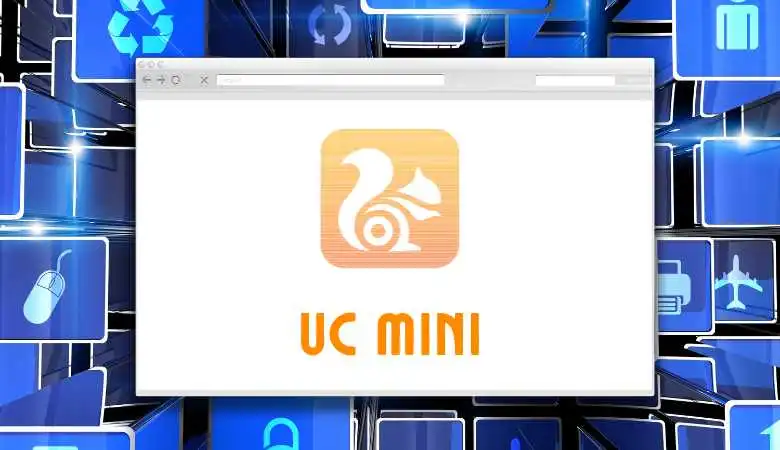Wallets are The Next Step in Digital Payments

The digitization of the economy is full of new concepts, which are settling into our daily, personal and professional activities. These are technological tools that offer us multiple possibilities, many of them associated with facilitating our day-to-day life and our shopping experience.
But, indeed, some are not yet very well known, as revealed in the meetings that Visa has been organizing with small and medium-sized entrepreneurs to discuss aspects related to the application of new technologies in their companies. Digital wallets are an example of this.
What is a Wallet, and What is it For?
They are the equivalent in digital format to a lifelong wallet in which we have our credit cards, tickets to the next concert, our transport pass, or the ticket for our next plane trip.
These digital wallets are used through applications that we must first download and install, which we can store in a virtual simulation and safely and comfortably all those valuables whose originals we will keep at home.
Types of Wallets: Different Technologies
It is true that innovations in the digital world always present, at first, some reluctance on the part of consumers and users. However, these applications are designed to make our lives easier and increase security and comfort.
But how do they work?
First, you have to differentiate between the app and the service. The application is a mere interface that stores -either through images or through NFC technology- the different titles or cards we use in our daily lives. For its part, the service is in charge of granting value and making the recognition of the different titles possible.
It also allows us to carry out electronic transactions only by approaching our terminal to a POS; this provides us with the necessary security to prevent them from being used improperly.
In this way, it is possible to distinguish between wallets that allow the storage of visual titles through the use of QR codes and those that make it possible to make electronic payments with a simulation of our cards in which NFC wireless communication technology comes into play ( NearFieldCommunication).
This “short-range technology” tethering between devices is unnecessary, and data can be sent and received simultaneously. For example, it is used for transport tickets, credit and debit cards, and contactless calls.
We Already Use Digital Wallets Without Knowing It
The digital wallets we have mentioned so far are called ” proximity wallets ” and require the physical presence of a device, in this case, a smartphone with an application to use them.
However, there is another type of wallet that we use almost daily without realizing it. They are called “remote wallets.”
This typology brings together all those web pages – our favorite online store – and mobile applications – to order food at home or book a car – that store the data of our bank card and allow us to make payments comfortably through a click.
Although we do not know it, they are also wallets, but the main difference is that we do not need any physical support to make our purchase.
For this reason, in increasingly online stores and mobile applications, it is possible to store our data in the cloud, resulting in a faster, more comfortable, and simpler shopping experience.
Wallets represent another step in the digital revolution. Thanks to this electronic payment technology, gone are the days when we had to leave home with a wallet full of bills, tickets, and sometimes expired tickets. Only with our smartphones can we access what we need.





![Next Generation of Intel Laptop Processors [2025]](https://www.scrolltrendy.com/wp-content/uploads/2024/12/Intel-Laptop-Processors-2025.webp)
